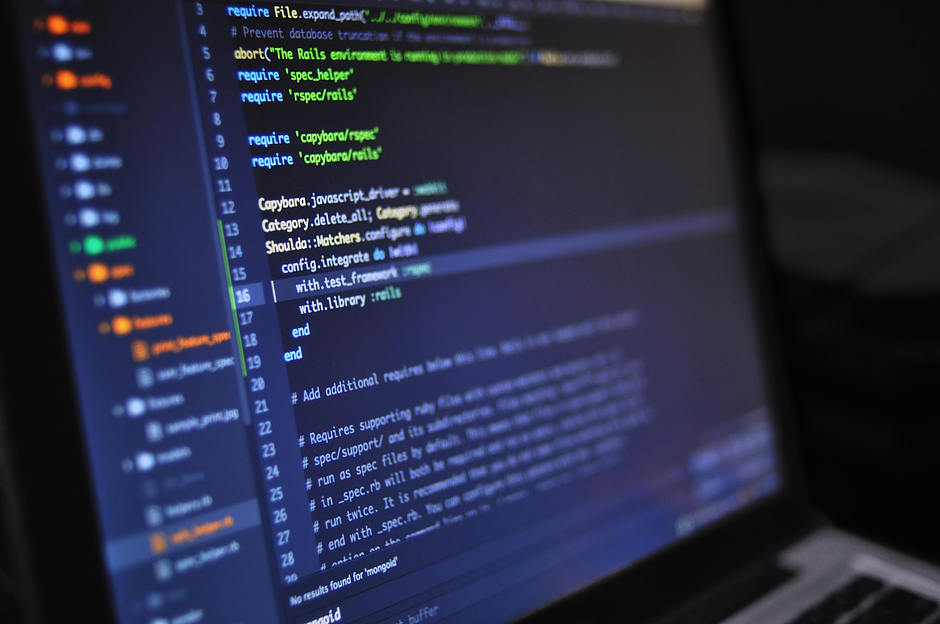When will the boom/bust rollercoaster end?

How can we know for sure the stock market is in a bubble? NVIDIA (NVDA) has been up 155% year to date; its market cap is over $3 trillion. The company has gained the equivalent of Amazon in just six months. And it is responsible for just over half of the S&P 500 gains this year. For comparison, the equal-weight S&P is up just over 4% this year. NVDA has added the equivalent of Berkshire Hathaway's (BRK) valuation in 6 weeks. BRK is the empire legendary investor Warren Buffet spent his entire lifetime building. NVDA is now worth over 10% of US GDP. That means AAPL, MSFT, and NVDA are now worth more than 1/3rd of our nation's entire economic output. All previous stock market bubbles share the following in common: a narrow stock market rally that focuses on a small group of stocks in a small sector of the economy that Wall Street is working overtime on promoting. AI fits this profile perfectly. I am not disputing that AI is going to be a productivity boom. Nevertheless, NVDA is now in a bubble. The stock is predicated on spurious and ephemeral demand for its chips, which will collapse in the economic downturn ahead.
Unfortunately for those who seek the truth about the US economy, the Non-Farm Payroll (NFP) report has become a farce. Despite a deluge of labor market data that clearly shows that hiring is slowing down significantly, such as the job openings and labor turnover survey (JOLTS) at a 3-year low, negative labor market index in the ISM services sector, rising initial jobless claims, and a parade of public companies announcing layoffs and hiring freezes, the BLS came up with a headline number of 277k net new jobs hired in May. This is despite the unemployment rate ticking up to 4%, the labor force shrinking by 250k, and the household survey showing an actual decline of 408k jobs in the same month. The difference between what actual people say is their employment status, derived from the Household survey, as opposed to the establishment survey, was a whopping 680k jobs! The household survey also showed that the number of full-time employees shrunk by 625k, while the number of part-time workers increased by 286k. In the past 12 months, the NFP number has risen to 2.75 million. However, the number of full-time employees is down 1.16 million. Talk about diametrically opposed data! It is imperative to note that the household survey always leads the trend in the establishment survey.
Nevertheless, the Fed is going to be held to the headline number from the BLS because they are labor market economists and Phillips curve adherents who believe inflation comes from too many people working. Hence, the Fed's hands are tied regarding rate cuts for at least the next few months. That means this report slams the door shut on both June and July for rate cuts and delays rate cuts until at least September.
The FOMC meeting for June shows that Fed Chair Powell is desperate to start cutting rates. However, he cannot do so in any significant manner given the strength in the headline NFP figure and sticky inflation that remains at 3.3% y/y in May--still well above the 2% target. Indeed, the Fed raised the projection for its preferred inflation metric, core PCE, to be 2.8% at the end of this year, up from 2.6% at its last meeting—again, still well above target. And, yet Powell still remains determined to start cutting rates this year.
Nevertheless, the Fed will be cutting rates too little and too late to prevent a sharp slowdown in the economy. By the way, that is a good thing because recessions and deflations reset asset prices and debt levels to economically viable conditions. However, Powell and the FOMC now predict that the rate-cutting regime will begin with just one cut in 2024. There is nothing new here. The Fed always acts ex-post to the start of an economic contraction because the headline figure from the NFP report is a lagging economic indicator. Mr. Powell will not be proactively reducing rates ahead of the recession; but will be forced back into ZIRP and QE once the unemployment rate begins to spike. The truth is the Fed has saddled the US economy into an endless rollercoaster of boom/bust cycles. Unfortunately, this means the economy should experience a protracted and acute period of stagflation much worse than what was witnessed in the wake of the pandemic once the recession begins and the financial system is again saturated with a deluge of helicopter money.
The opportunity here is to increase positions in gold and bonds while these prices are relatively low as compared to what will occur when the Fed is forced into its typical panic rate-cutting cycle. The gold price took a hit recently when it was reported that China did not increase its gold reserves in May. In April, the PBOC bought only 60,000 troy ounces, down from 160,000 ounces in March and 390,000 ounces in February. However, the idea that China is done buying gold is probably incorrect. China still has a massive trade surplus with the US. And the idea that it would recycle those reserves in treasuries and eschew gold for a very long time is insane. Look for China's pause on gold buying to end soon and for investors to pile in once the US economic headline labor data begins to weaken.
Author

Michael Pento
Pento Portfolio Strategies
Mr. Michael Pento is the President of Pento Portfolio Strategies and serves as Senior Market Analyst for Baltimore-based research firm Agora Financial. Pento Portfolio Strategies provides strategic advice and research for institutional clients.

















